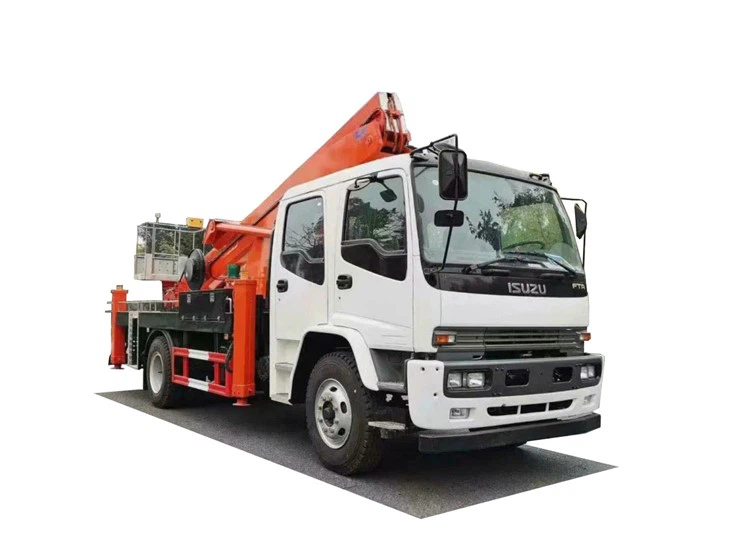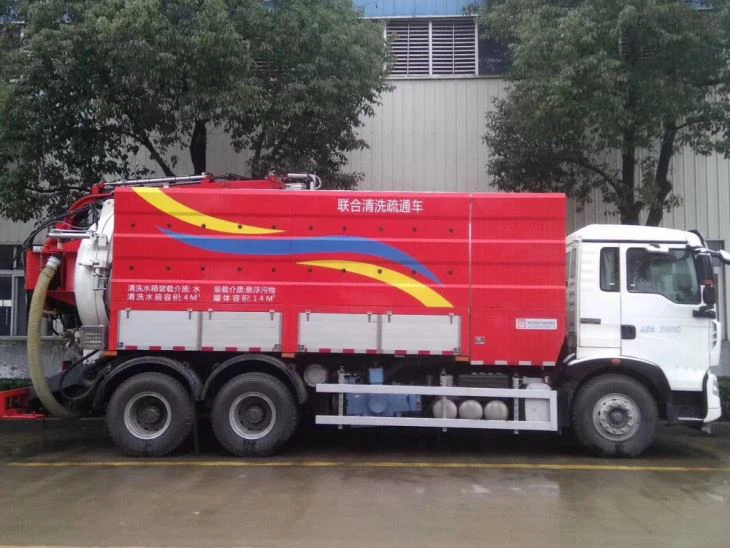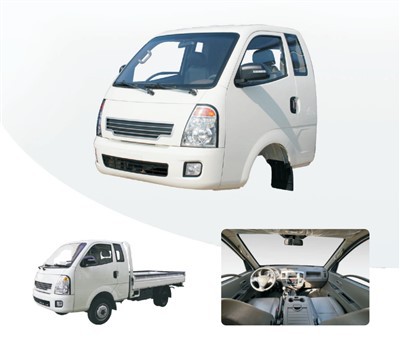Toms Refuse: Understanding the Brand’s Commitment to Social Responsibility

Introduction
Toms Shoes has long been synonymous with social consciousness and philanthropy. As a pioneer in the one-for-one business model, the brand made a promise to give a pair of shoes to someone in need for every pair sold. However, there have been debates and discussions surrounding the effectiveness of this model and the broader implications of Toms’ operations. In this article, we will delve into the concept of “Toms refuse,” exploring the brand’s initiatives, criticisms it has faced, and how it navigates the complexities of social responsibility in the modern marketplace. Our comprehensive approach will cover various aspects, including the successes and challenges of their philanthropic efforts, the company’s adaptability, and practical examples of how consumers can engage with socially responsible brands.
What Does “Toms Refuse” Mean?
The term “Toms refuse” refers to critical discussions and disagreements about the effectiveness of Toms’ aid model, the impact of its operations on local economies, and the sustainability of its business practices. This phrase encapsulates various viewpoints, from enthusiastic support for the brand’s mission to skeptical concerns about the actual benefits provided by its initiatives. Understanding this concept requires examining several key areas:
The One-for-One Model
At the core of Toms’ philosophy is the one-for-one donation model. For every pair of shoes sold, Toms donates another pair to a child in need. This approach became the blueprint for various social enterprises aspiring to blend commerce with philanthropy. However, the question remains: Does this model effectively address the deep-rooted issues like poverty and lack of access to resources?
Critiques of the One-for-One Model
- Dependency Creation: Critics argue that providing free shoes might create dependency instead of empowering communities to find sustainable solutions.
- Impact on Local Economies: Donations can affect local shoemakers and businesses, potentially harming local economies.
- Scale of Giving: Some claim that the giving may not be sufficiently scaled to meet the needs of all those in need.
Social Responsibility Beyond Shoes
Toms has expanded its mission beyond just footwear. The company has started several initiatives aimed at broader social issues, including mental health and environmental sustainability. This diversification reflects a robust understanding of the complexities of social issues.
Additional Initiatives

- Giving Partnerships: Toms collaborates with various organizations focusing on crucial societal challenges like mental health, access to education, and clean water.
- Environmental Sustainability: The brand is introducing sustainable materials in its products and working towards reducing its carbon footprint.
Practical Example: Toms’ Partnership with Local Organizations
In its efforts to maximize impact, Toms has partnered with organizations like Friends of the Children and the Water Project. By collaborating with local NGOs, Toms aims to tailor its contributions to meet specific community needs, ensuring that donations are both helpful and sustainable.
Consumer Engagement: How to Support Social Responsibility
As consumers, supporting socially responsible brands like Toms goes beyond merely purchasing their products. Here are ways to engage more meaningfully:
Choosing Wisely
Always research brands before making a purchase. Look for transparency in their giving practices and how they address social issues.
Supporting Local Initiatives
Consider complementing purchases from companies like Toms with donations or volunteer work for local charities or organizations that align with your values.
Understanding the Broader Landscape of Social Responsibility
While Toms has taken significant strides in social responsibility, it is essential to consider the larger ecosystem of businesses that aim to give back. Here are some key characteristics to look for in socially responsible brands:
Transparency
Socially responsible brands must openly communicate their practices and the impact of their initiatives to build consumer trust.
Measurable Impact
Look for brands that provide data on their social impact, showcasing both qualitative and quantitative results from their efforts.
Table: Analyzing Social Responsibility of Various Brands
| Brand | Social Initiative | Measured Impact |
|---|---|---|
| Toms | Shoe donations | Over 100 million pairs given |
| Warby Parker | Eyeglasses program | Over 5 million pairs donated |
| Patagonia | Environmental advocacy | Over $100 million in grants |
Long-Term Outcomes and Sustainability Challenges
Sustainability remains a critical focus for Toms and similar brands. The ongoing challenge is to ensure that philanthropic efforts do not just serve as short-term fixes but foster long-lasting positive change.
Challenges in Implementation
- Economic Challenges: Varying economic conditions can impact both consumer engagement and the reach of charity initiatives.
- Changing Consumer Expectations: Consumers are increasingly demanding more transparency regarding social responsibility.
Example: Transition to Sustainable Products
Toms has been working on transitioning materials used in their products towards more sustainable options, such as recycled plastics and organic cotton. These efforts are part of their broader agenda to reduce their environmental impact.

Summary of Toms Refuse: Key Takeaways
The conversations surrounding “Toms refuse” reflect a complex tapestry of opinions about the efficacy and long-term benefits of Toms’ initiatives. Here are key takeaways:
- Be aware of both the positive contributions and the critiques of the one-for-one model.
- Consider how Toms and similar brands innovate in their approach to social responsibility.
- Engage critically and thoughtfully as a consumer to support brands that invest in sustainable projects.
Frequently Asked Questions
1. What is Toms’ one-for-one model?

The one-for-one model means that for every pair of shoes sold, Toms donates one pair to someone in need.
2. How does Toms ensure that their initiatives are effective?
Toms partners with various organizations to tailor its giving and track the impact of its donations.
3. What are some criticisms of Toms’ model?
Critics argue that it may create dependency, adversely affect local markets, and may not scale to meet all needs.
4. How can consumers support socially responsible brands?
Research brands’ transparency, support local initiatives, advocate for accountability, and choose sustainable options.
5. What initiatives does Toms currently have beyond shoe donations?
Toms has expanded into areas like mental health support, environmental sustainability, and education access.
6. Are there other brands with similar philanthropic models?
Yes, brands like Warby Parker, Bombas, and Patagonia also incorporate philanthropy into their business models, focusing on various social issues.
